Overview
Learn safe pocket knife handling, maintenance, and legal responsibilities. Understand knife components, proper techniques, and storage tips to minimize risks. Embrace safety for effective use, especially with handmade knives.
Frequently Asked Questions
1. What are the key components of a pocket knife?
2. How should I safely handle a pocket knife?
3. What maintenance is required for a pocket knife?
4. How should I store my pocket knife?
5. What are the legal responsibilities when using a pocket knife?
Using a pocket knife can be incredibly useful, whether you're an outdoor enthusiast, DIY enthusiast, or a professional tradesperson. However, safety should always be your top priority when handling any blade, especially with handmade knives. In this blog, we will explore the best practices for safe pocket knife use, ensuring that you can enjoy your handy tools while minimizing the risk of injury.
Understanding Your Pocket Knife
Before you dive into using a pocket knife, it's essential to understand the different components and functions of your knife. A pocket knife usually consists of the following parts:
- Blade: The sharp cutting edge which varies in design and purpose.
- Handle: The part that you hold, often ergonomically designed for grip.
- Locking Mechanism: This feature secures the blade in place while in use.
- Pivot Point: The place where the blade rotates when opening or closing.
Understanding these components is the foundation of safe knife handling and will help you use your handmade knives effectively.
Safe Handling of Pocket Knives
When it comes to using a pocket knife, there are several safety measures you should adopt:
Grip the Handle Firmly
A secure grip on the handle is crucial for preventing slips and maintaining control of the blade. This is especially true for handmade knives, as they can have unique shapes and textures. Always ensure that your hand is dry and free from substances that could cause slipping.
Open the Knife Responsibly
Always make sure you're in a safe environment when opening your pocket knife. Point the blade away from yourself and others. Utilize the locking mechanism properly, ensuring the blade is completely deployed before use. This prevents accidental folding while you work with the blade.
Cutting Technique Matters
Using the right technique can greatly reduce the risk of accidents. Here are some tips:
- Always cut away from your body and never towards it.
- Use a cutting board or solid surface instead of your hand.
- Maintain a stable stance and avoid distractions while cutting.
Maintaining Your Pocket Knife
Proper maintenance not only extends the life of your pocket knife but also enhances safety. Here’s how to keep your knife in top shape:
Regular Cleaning
Keeping your knife clean ensures that the mechanisms work smoothly and reduces the chances of rust or dirt obstructing the blade. Use soapy water and a cloth to wipe down the blade and handle, then dry thoroughly. For handmade knives, be especially cautious around the seams and joints.
Sharpening Typically
A dull blade requires more force and increases the likelihood of slipping. Invest in a good knife sharpener and learn the proper technique for honing your knife. Routine sharpening helps maintain the edge while also improving safety during use.
Inspect Before Use
Before every use, inspect your pocket knife for any signs of wear, damage, or dirt. Ensure that the locking mechanism is functioning properly, and check the blade for chips or cracks. If you find any issues, it’s better to set the knife aside until repairs are made.
Storing Your Pocket Knife Safely
How you store your knife plays a significant role in safety. Here are some guidelines:
Keep it in a Designated Spot
Always have a specific location to store your pocket knife when not in use. This can prevent accidental access by children or pets. Ideal storage options include:
- A dedicated knife sheath or holster
- A locked drawer
- A designated tool box
Avoiding Mixed-Use Areas
Don't store your pocket knife with other tools or items in a way that could lead to damage or accidental openings. Keeping it separate ensures you know where it is and reduces the risk of injury.
Bearing Legal Responsibilities
It is crucial to understand the legal responsibilities surrounding pocket knife use in your area. Laws vary significantly, and being informed helps avoid legal issues. Here are some tips:
Know Local Regulations
Always research the laws concerning blade length, carrying concealed knives, and whether specific knife types are prohibited. Some areas have restrictions that can affect how you carry and use your pocket knife.
Educate Others
If you're working with others, especially children, educate them about the risks and safe practices related to pocket knife use. Understanding proper handling and care can foster a culture of safety.
Using Pocket Knives in Outdoor Settings
While pocket knives are often used for various tasks, they are particularly beneficial in outdoor settings. Always follow these additional safety tips when using your knife outside:
Awareness of Surroundings
Pay close attention to your environment when using a pocket knife outdoors. Be aware of other people, animals, and obstacles that might pose a risk. Always set up in a spacious area away from potential hazards.
Respect Fire Safety
When using your pocket knife in proximity to flammable materials, be extra cautious. If you're using the knife for activities like whittling or preparing kindling, ensure that the area is free from items that could easily ignite.
The Benefits of Handmade Knives
Investing in handmade knives brings a number of advantages that go beyond aesthetics. Here are some compelling reasons to choose handmade:
Superior Craftsmanship
Handmade knives are typically designed with attention to detail, resulting in better balance, comfort, and performance. The craftsmanship ensures that the lock mechanism and blade function optimally, enhancing safety and usability.
Unique Designs
Every handmade knife features unique designs and materials, offering a personal touch and quality that mass-produced knives often lack. This personalized element often leads to a higher appreciation of the tool, resulting in more mindful usage.
Longevity
When well cared for, handmade knives can last a lifetime, performing better and requiring less frequent repairs or replacements compared to their machine-made counterparts. This durability adds tremendous value over the years.
Embracing a Safety Mindset
Ultimately, safety is a mindset that extends beyond merely following rules; it involves actively cultivating awareness and responsibility while using your pocket knife. By embracing this mindset, you protect yourself, those around you, and your investments.
Incorporating handmade knives into your daily life requires dedication to safety practices and awareness of potential risks. By applying these best practices for pocket knife usage, you can confidently utilize your knife, ensuring that it serves as a valuable tool rather than a source of danger. Stay safe, stay sharp, and enjoy the myriad of benefits that come with responsibly using your pocket knife!


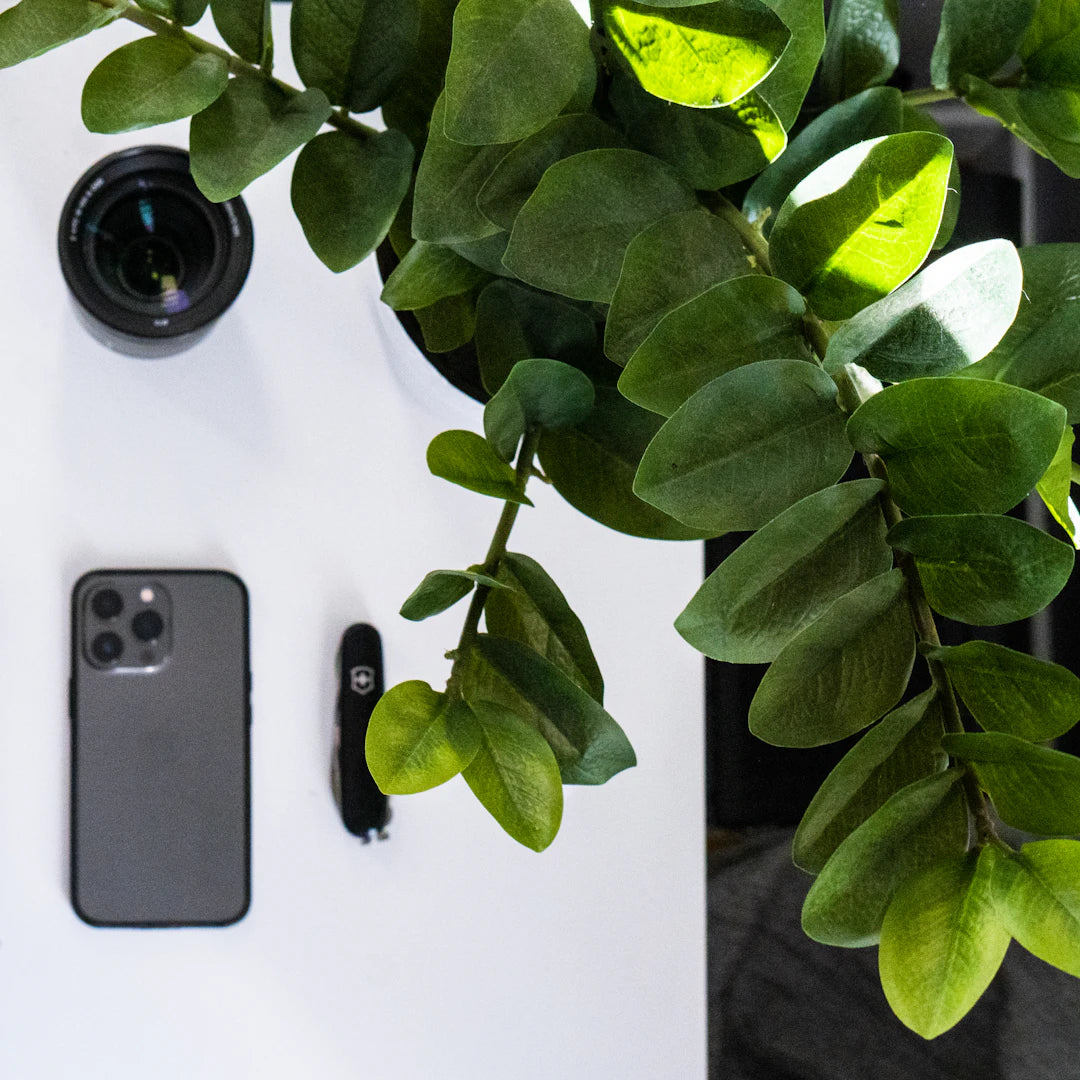
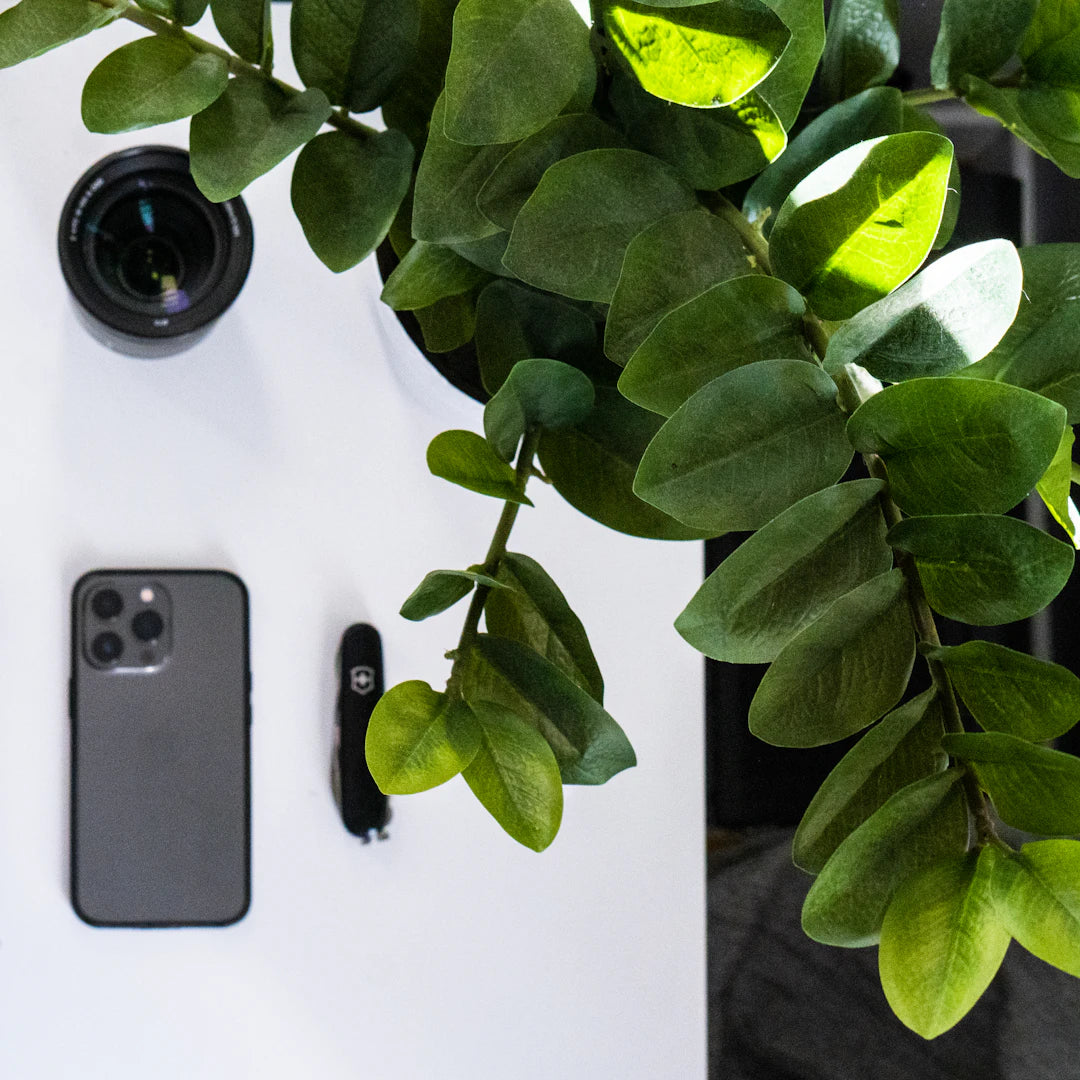
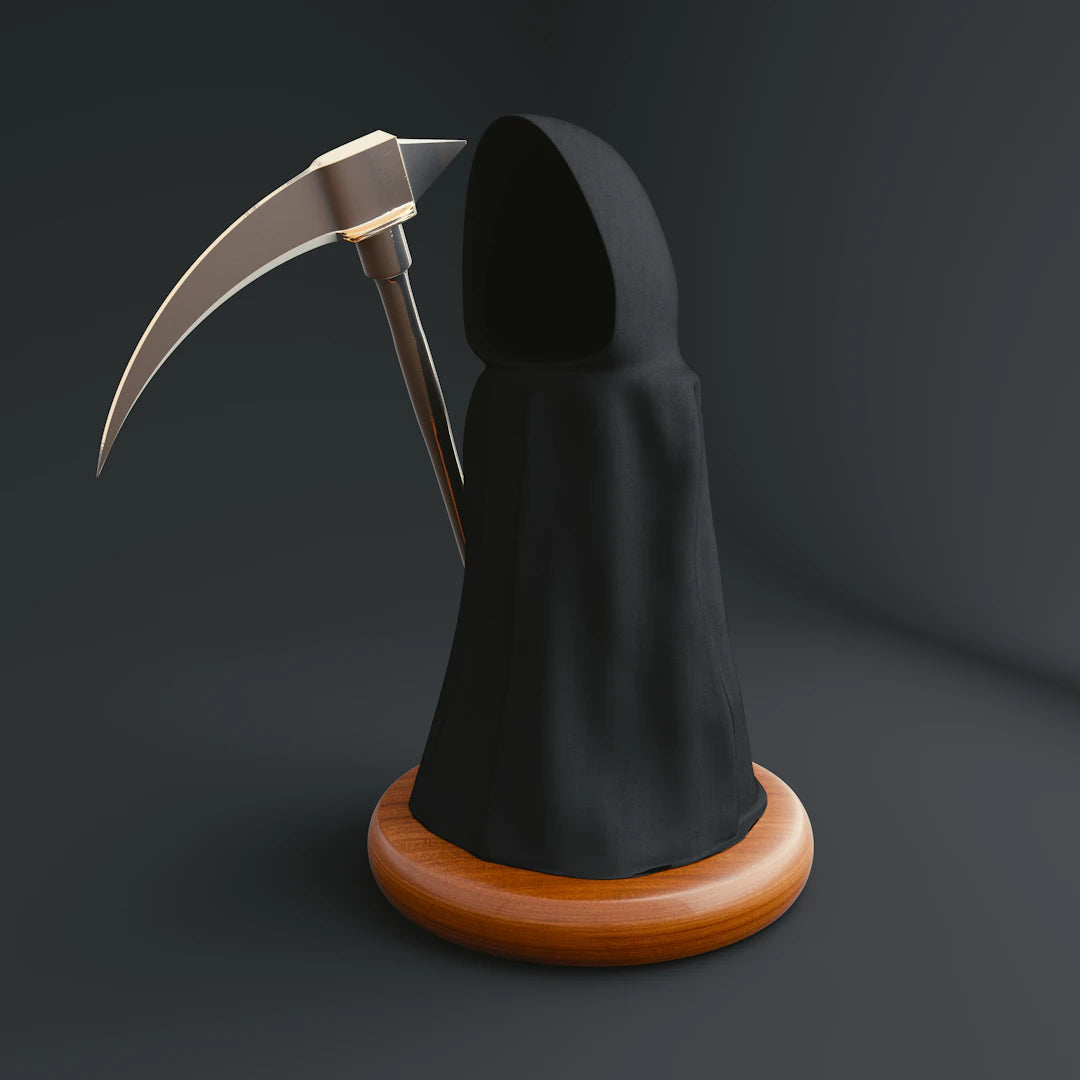
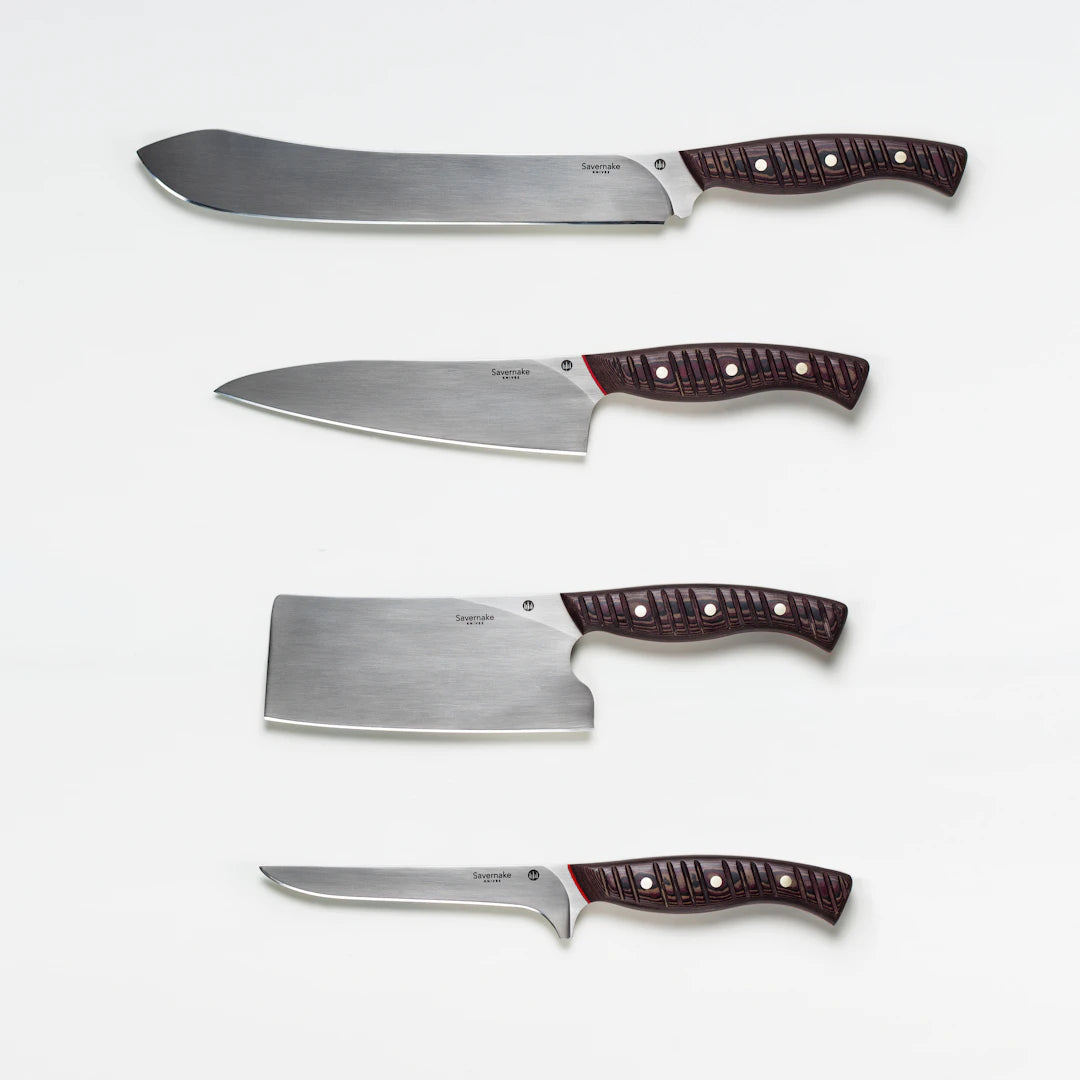
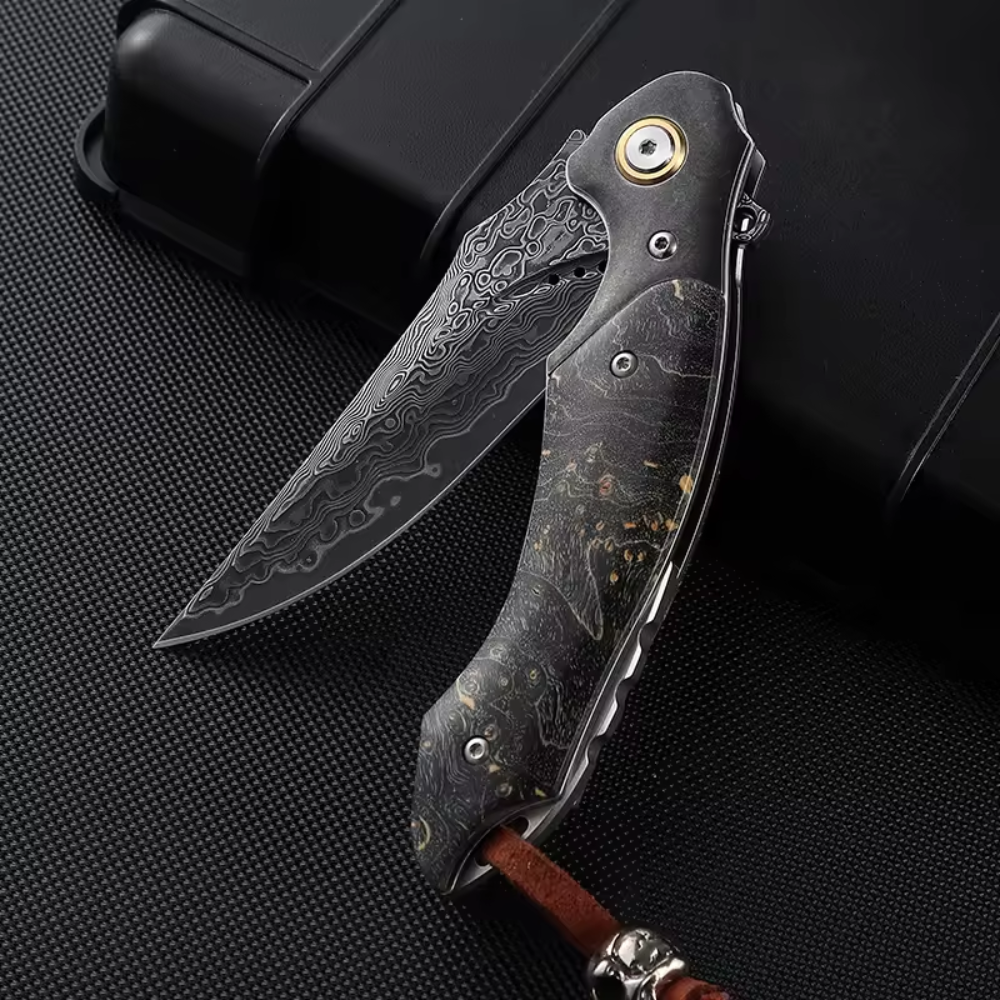
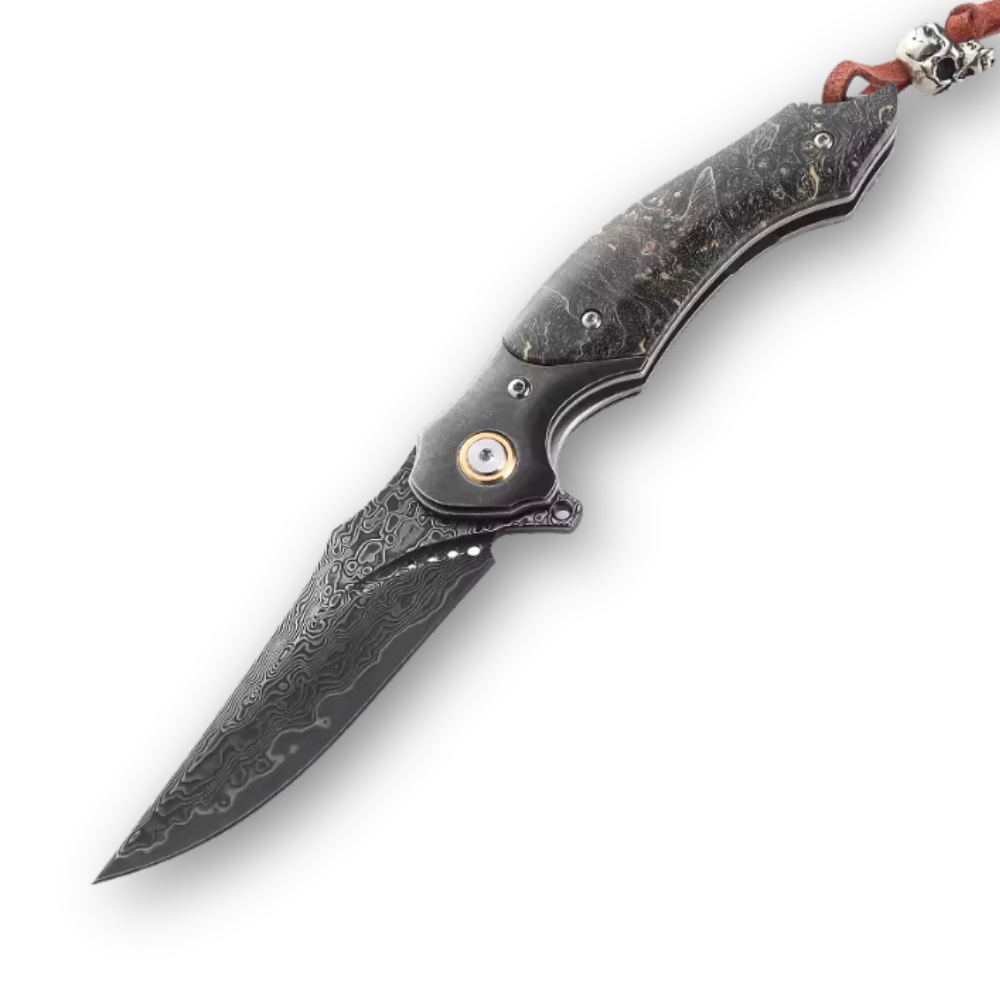
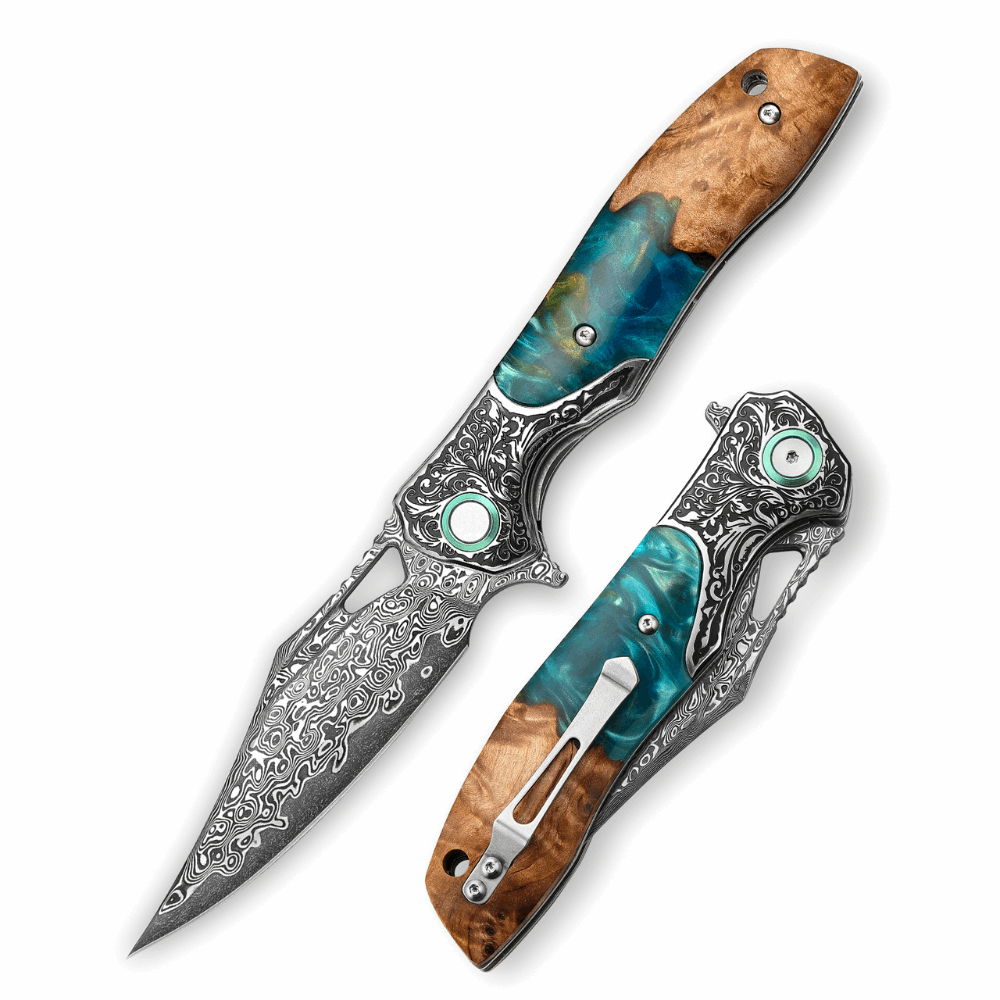
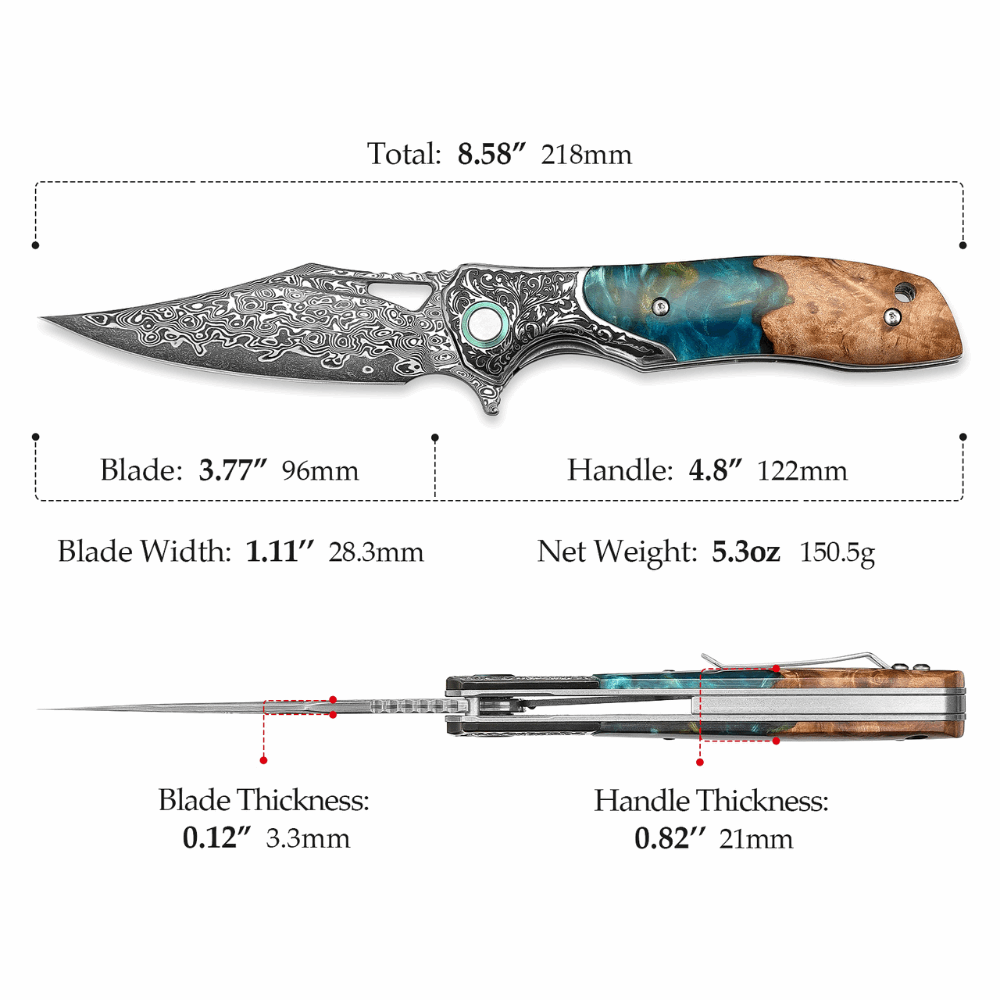
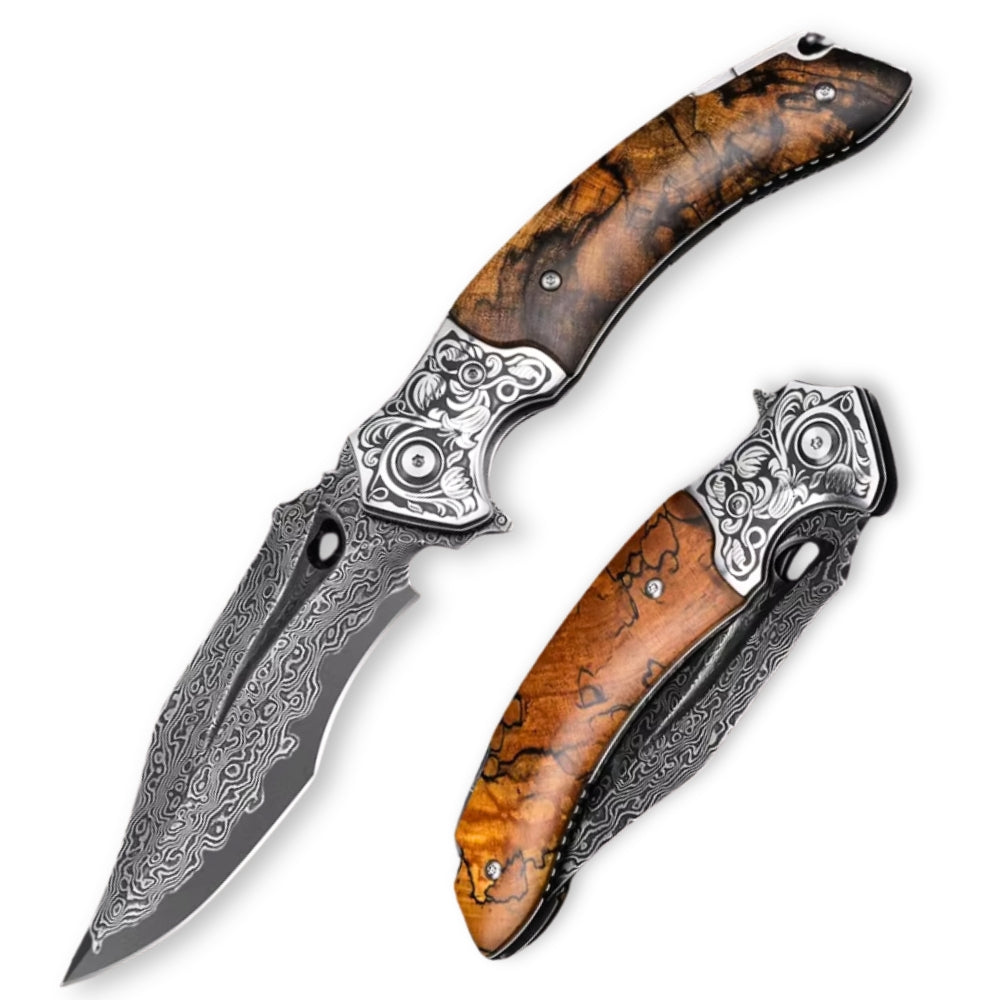
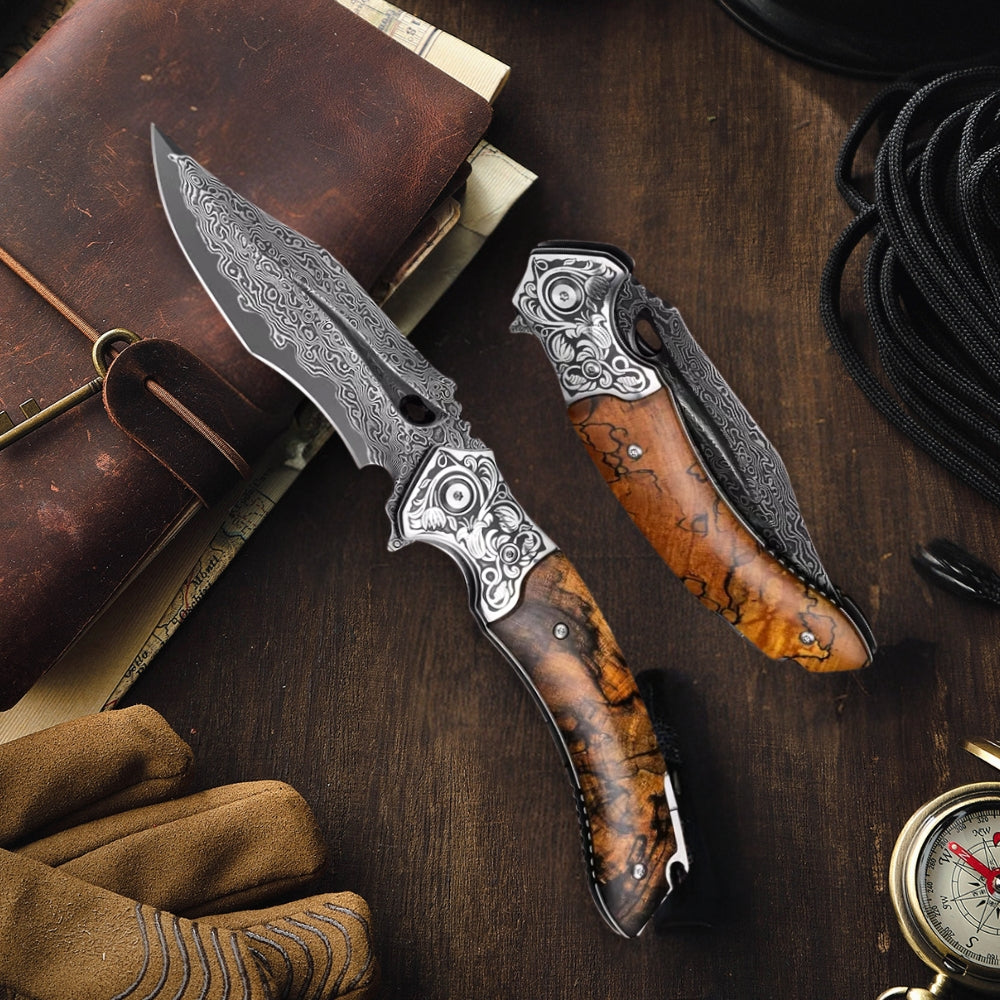
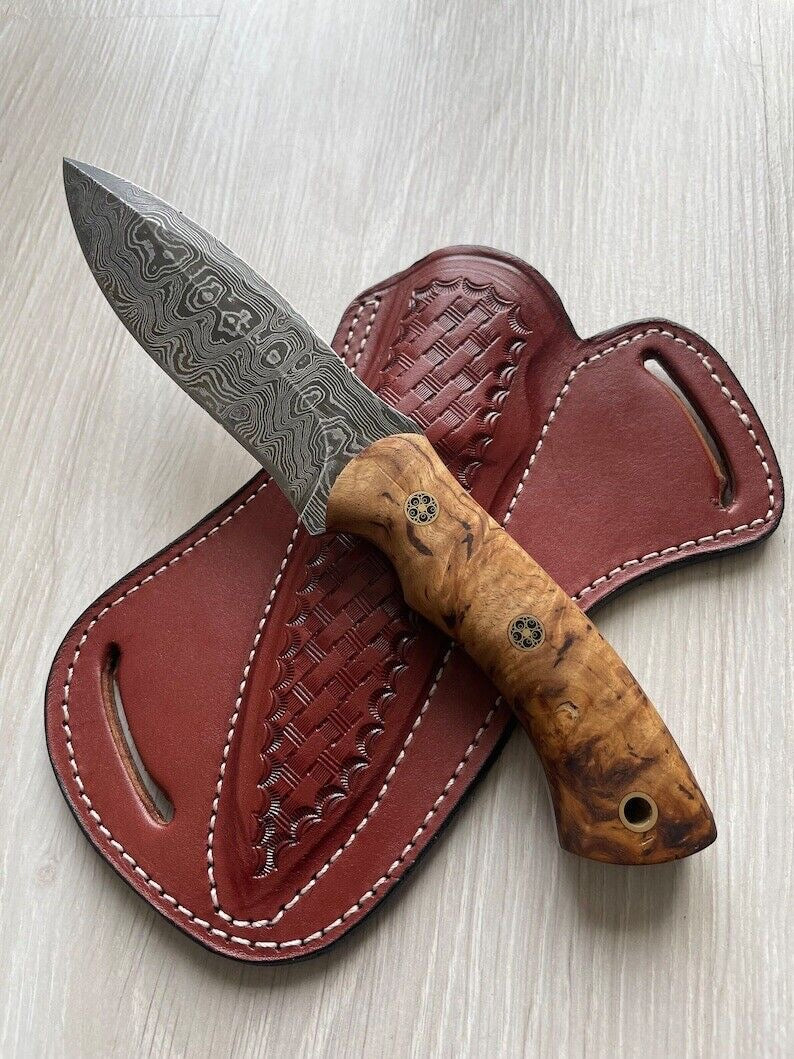
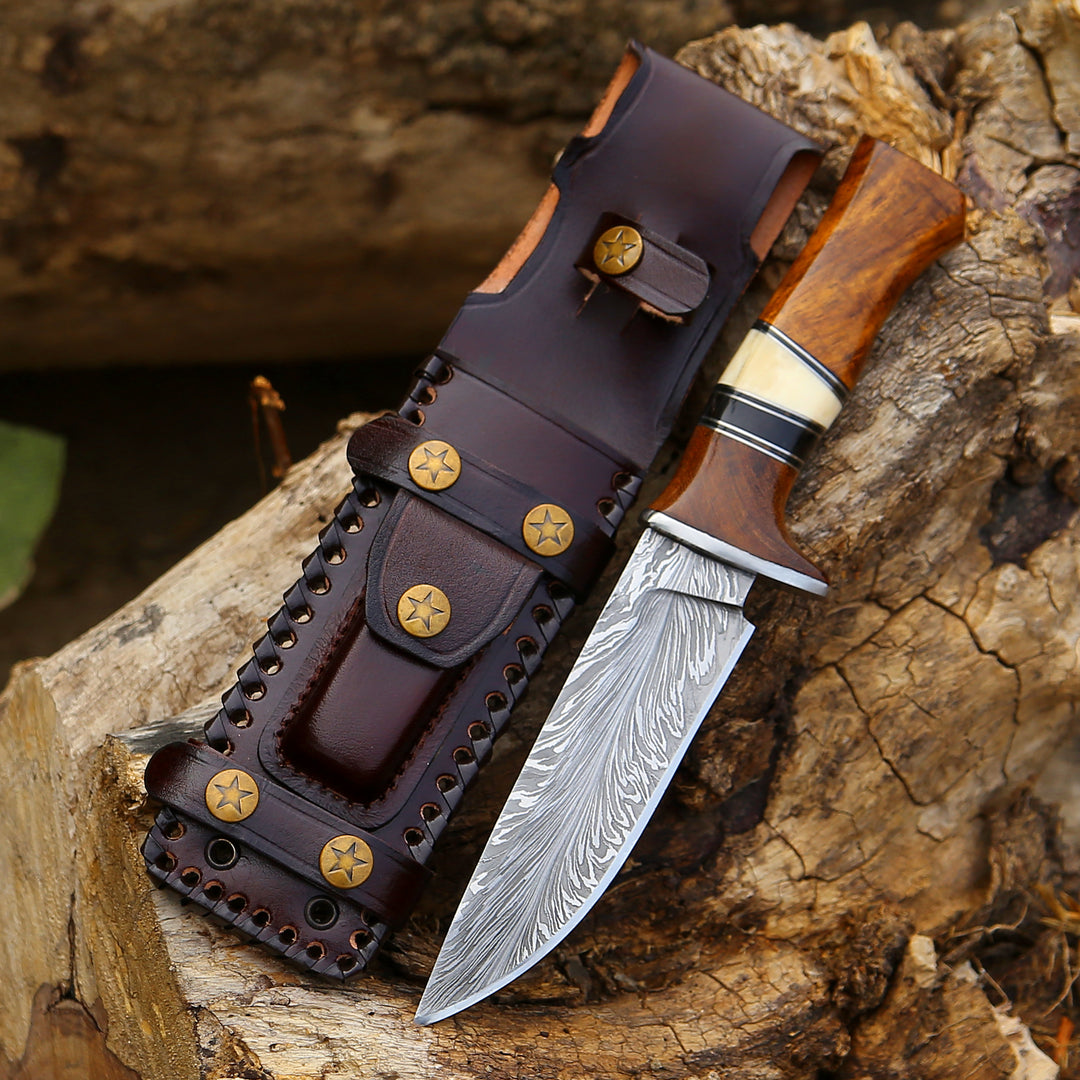
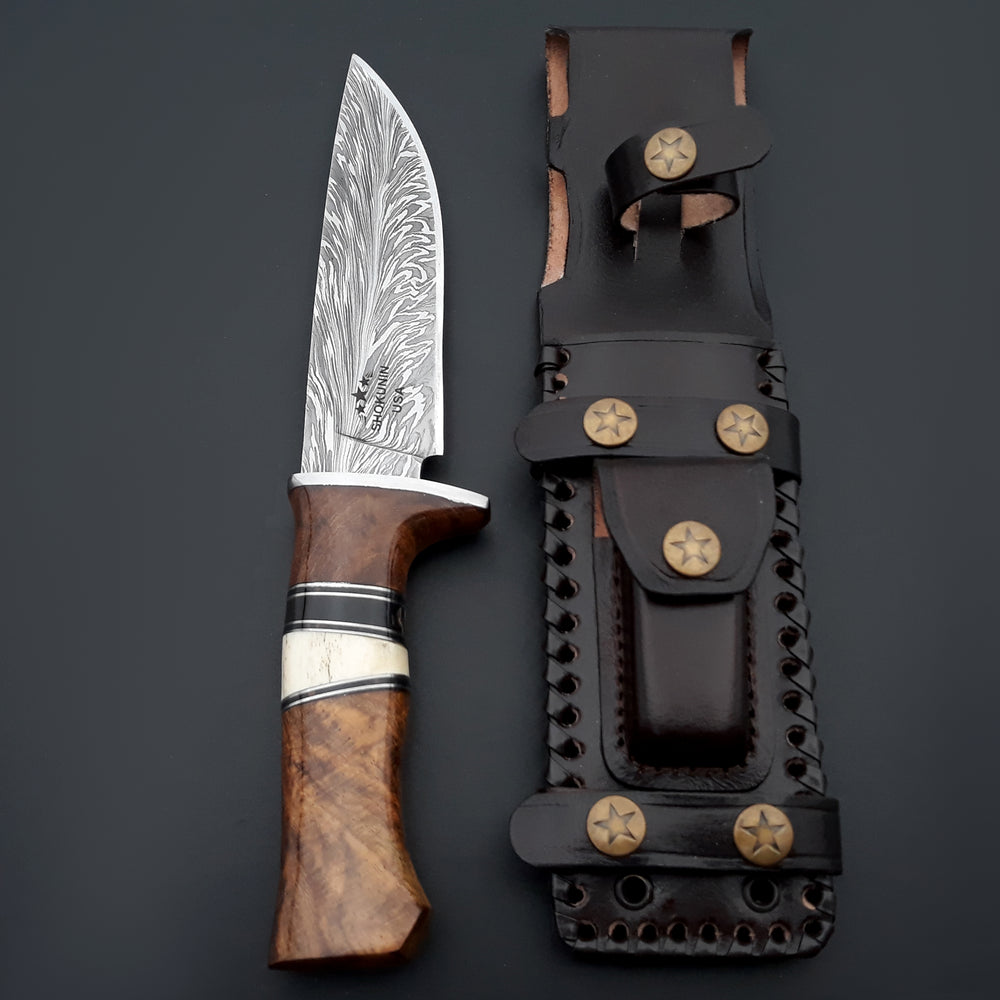
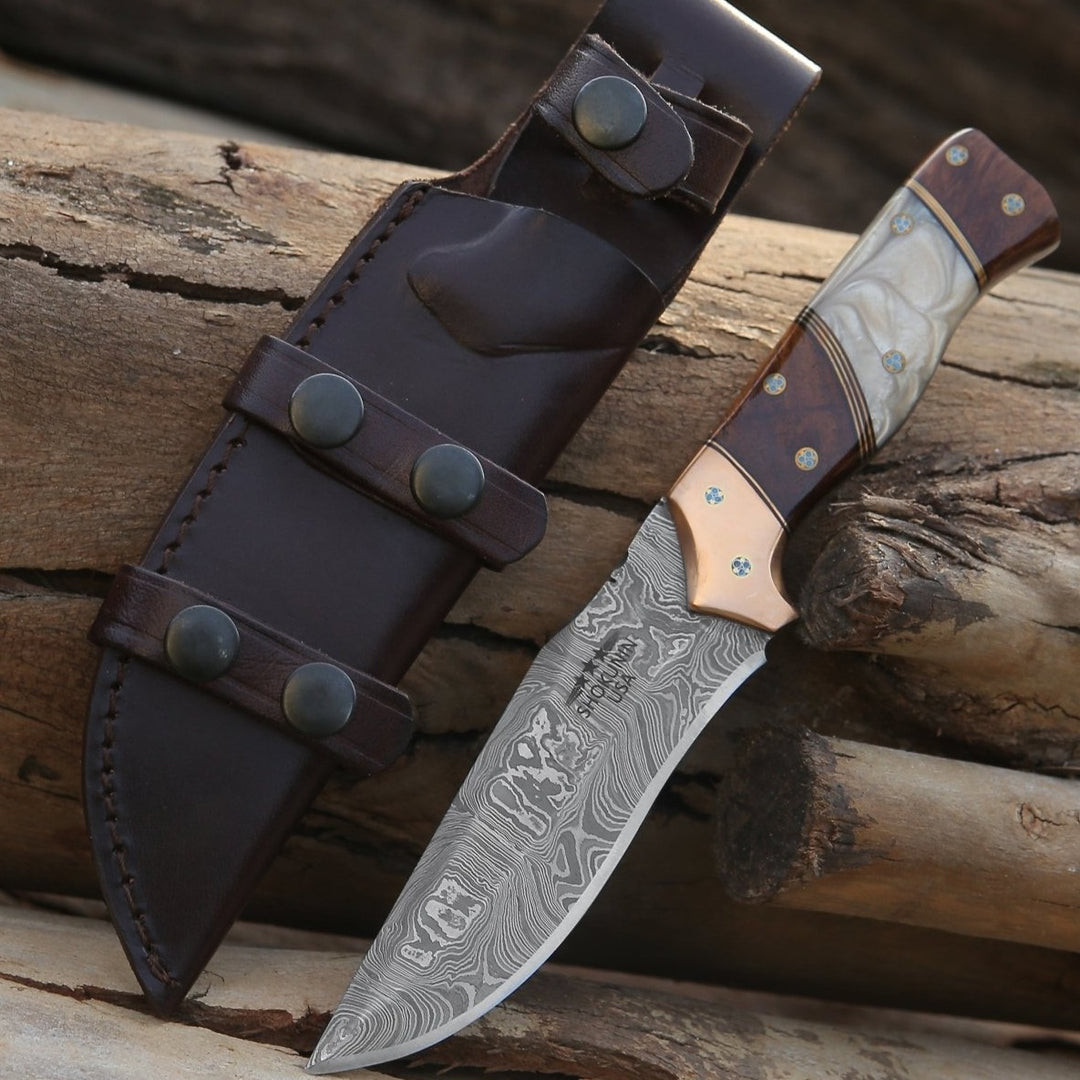
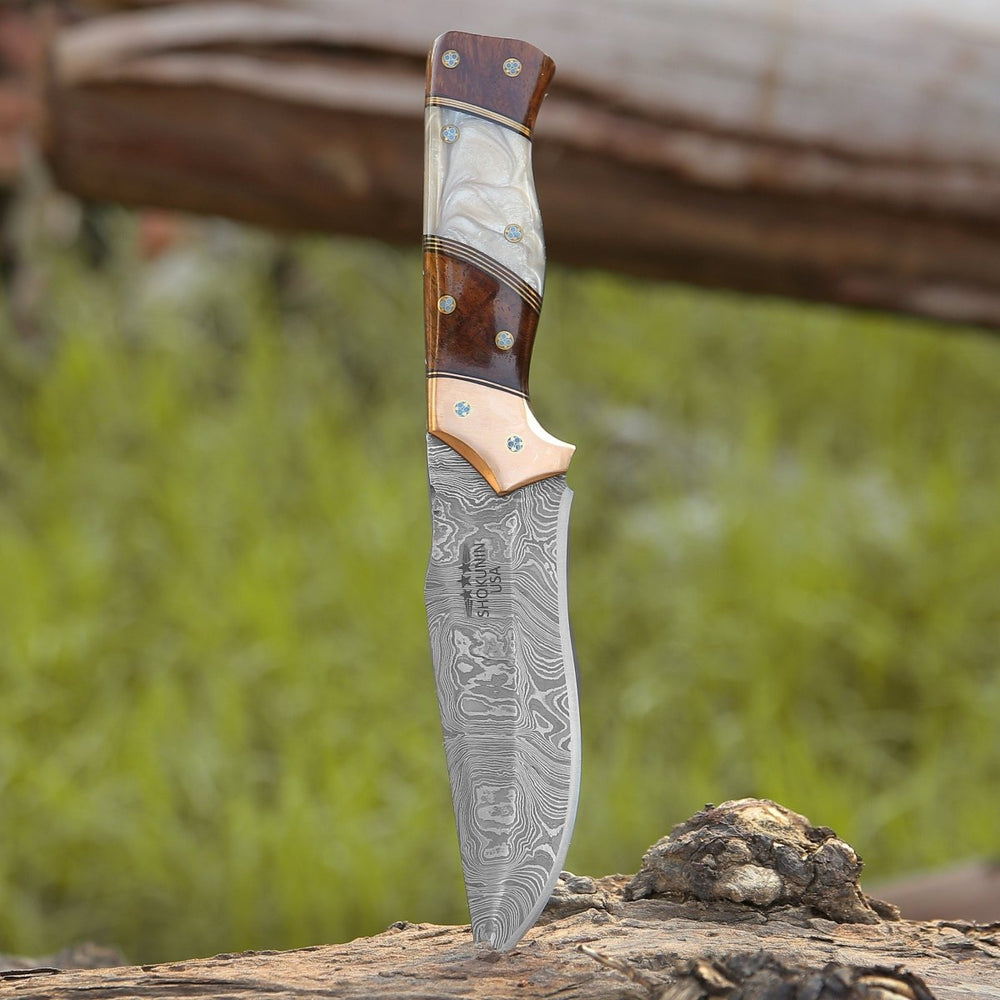
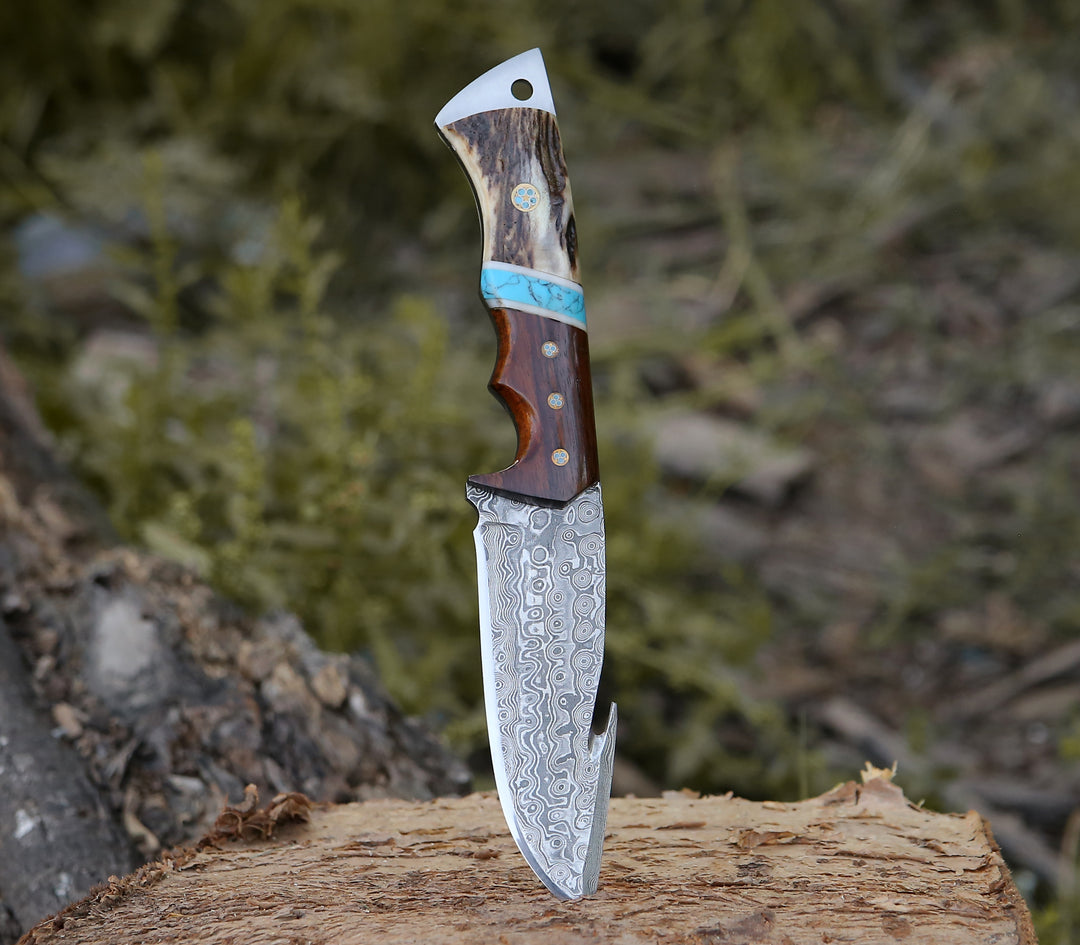
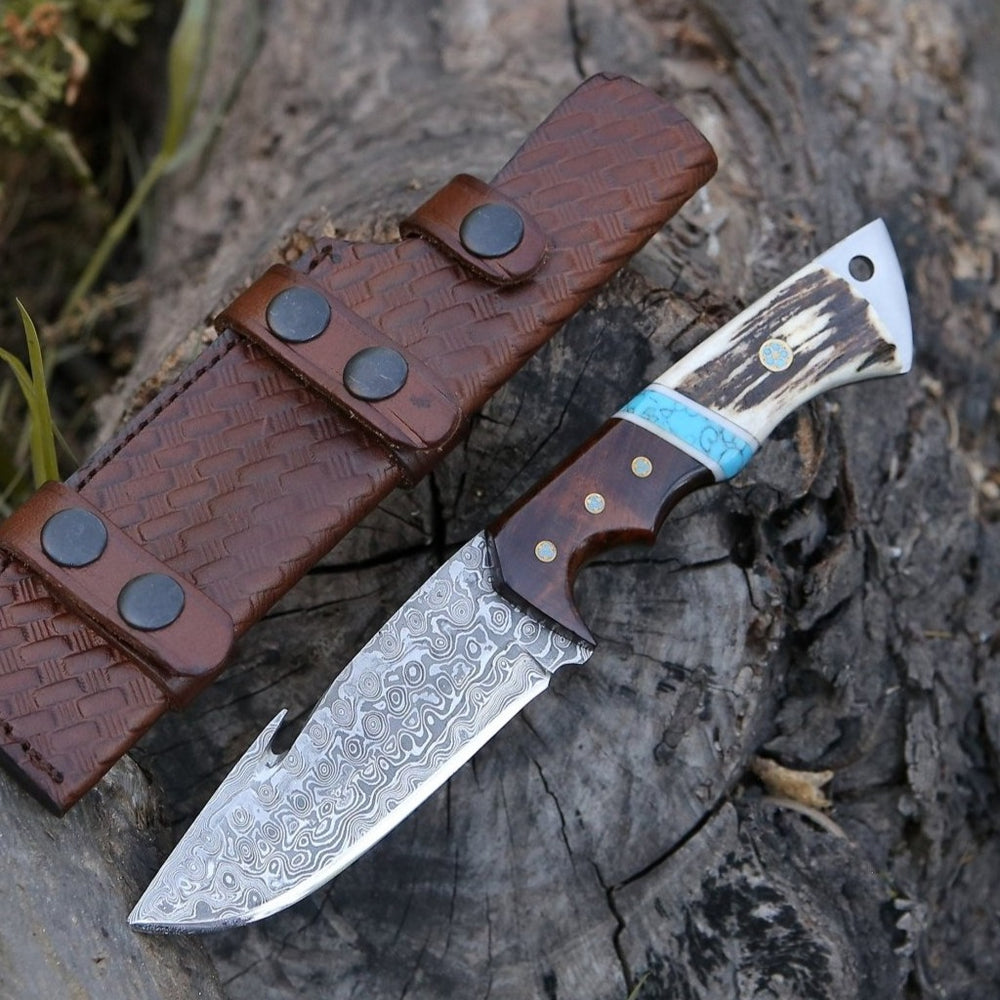
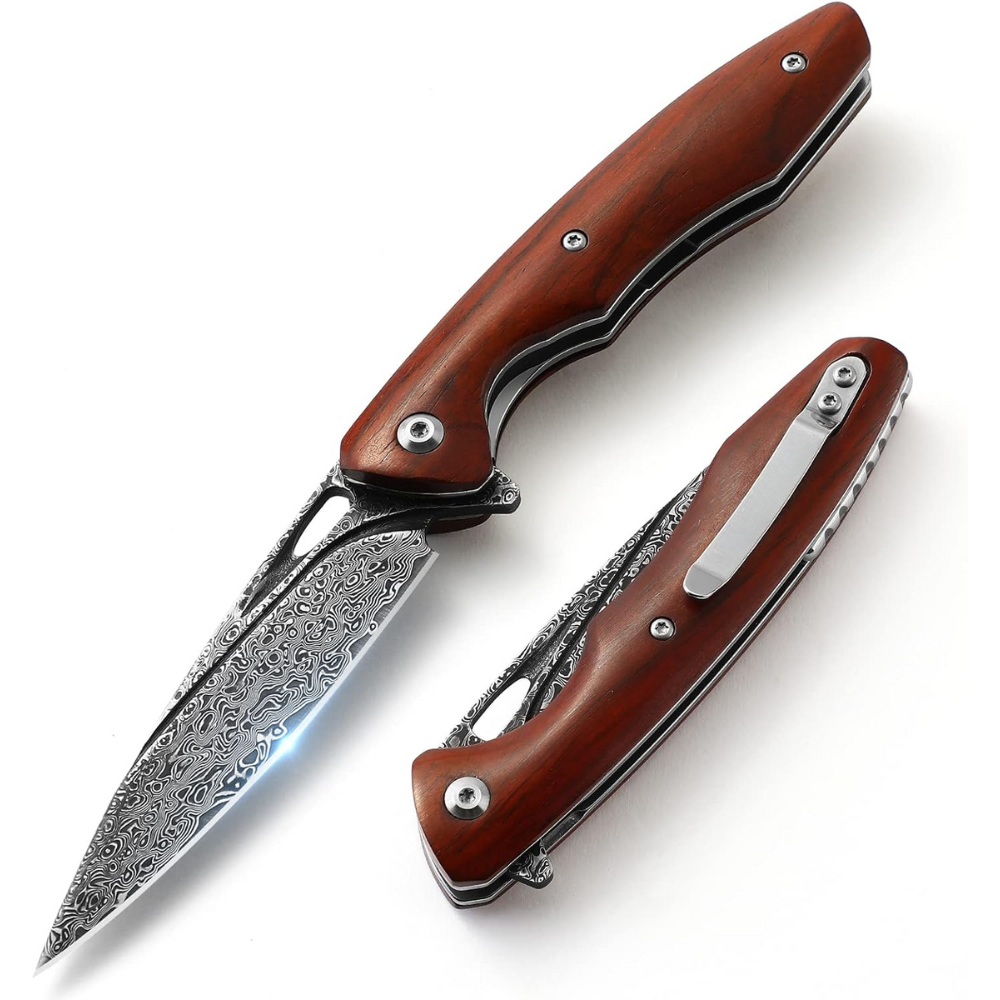
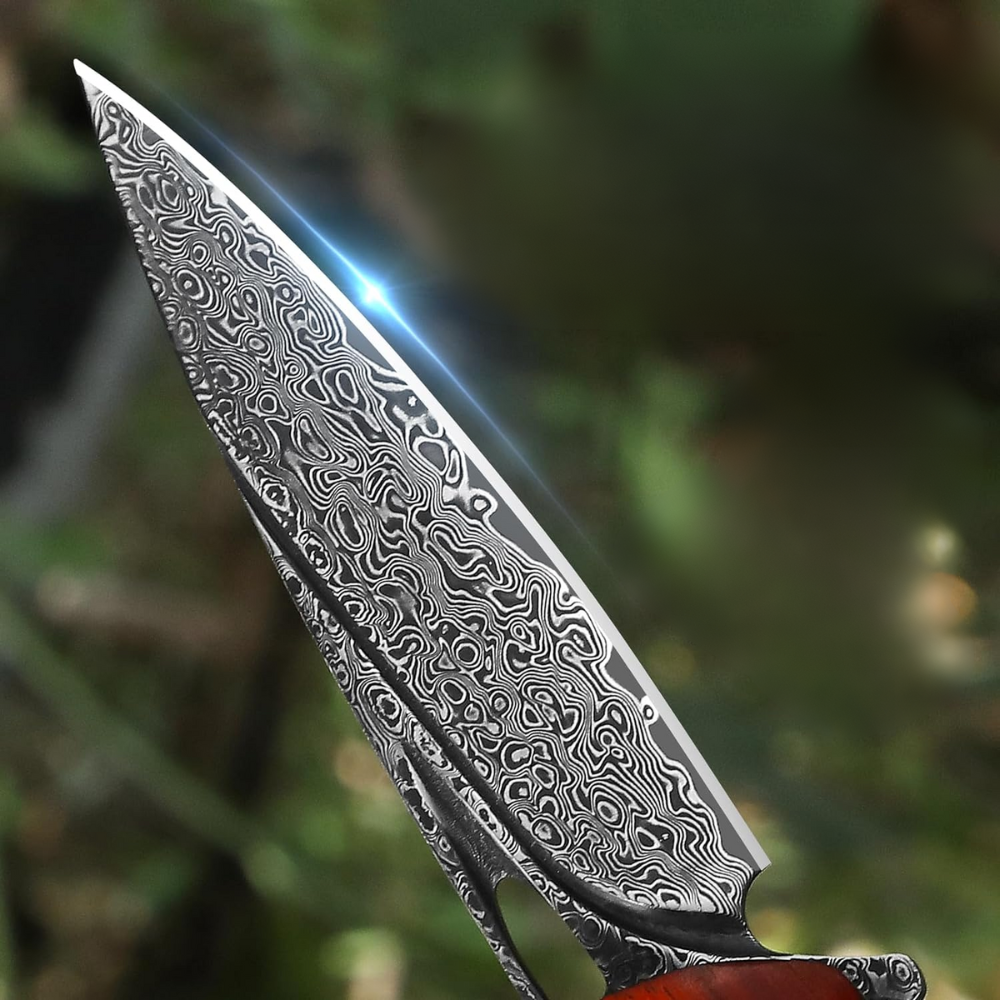
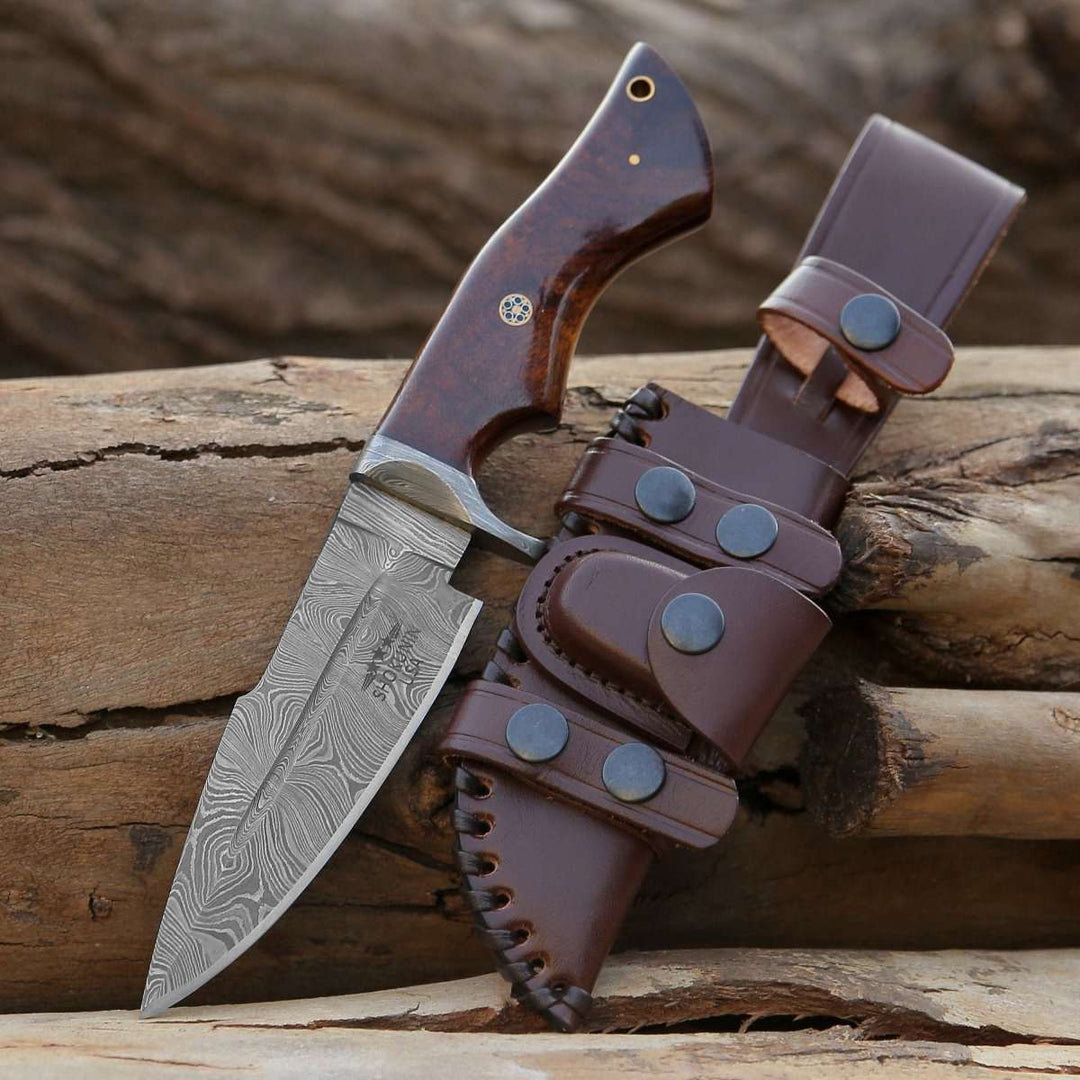
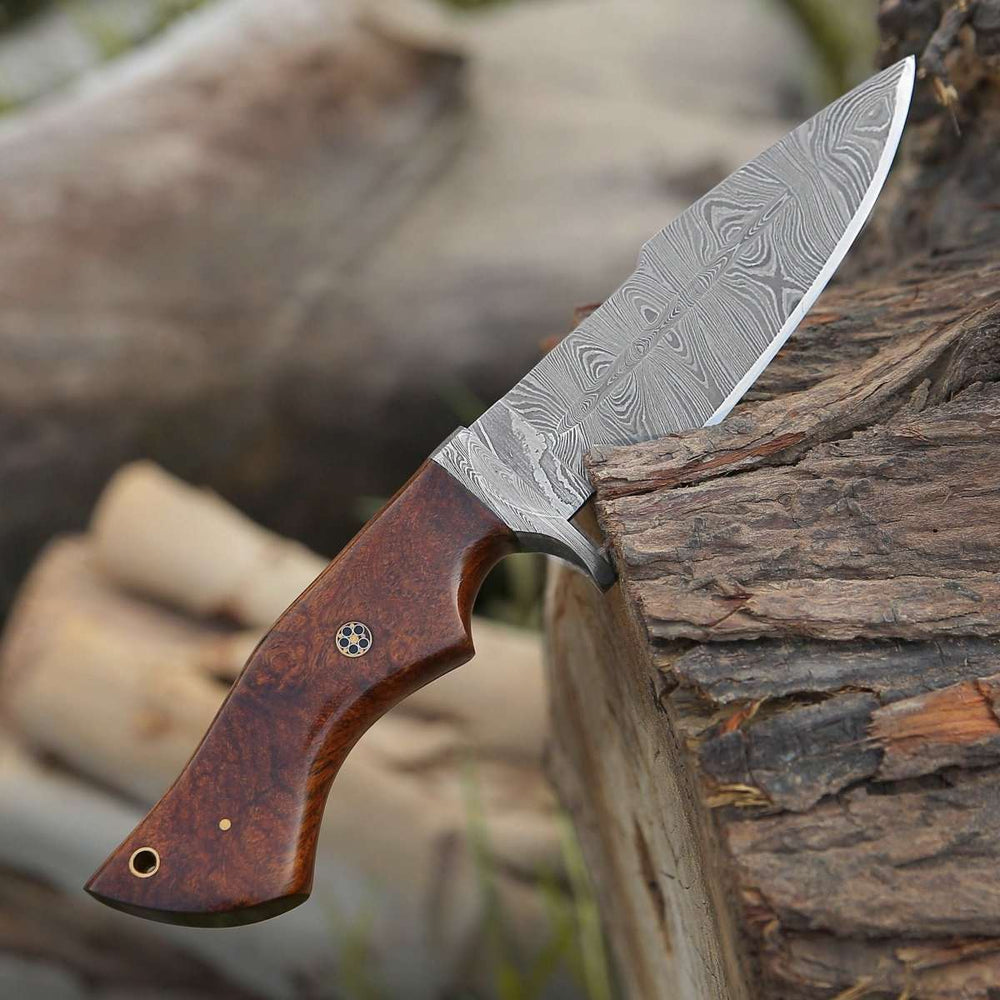
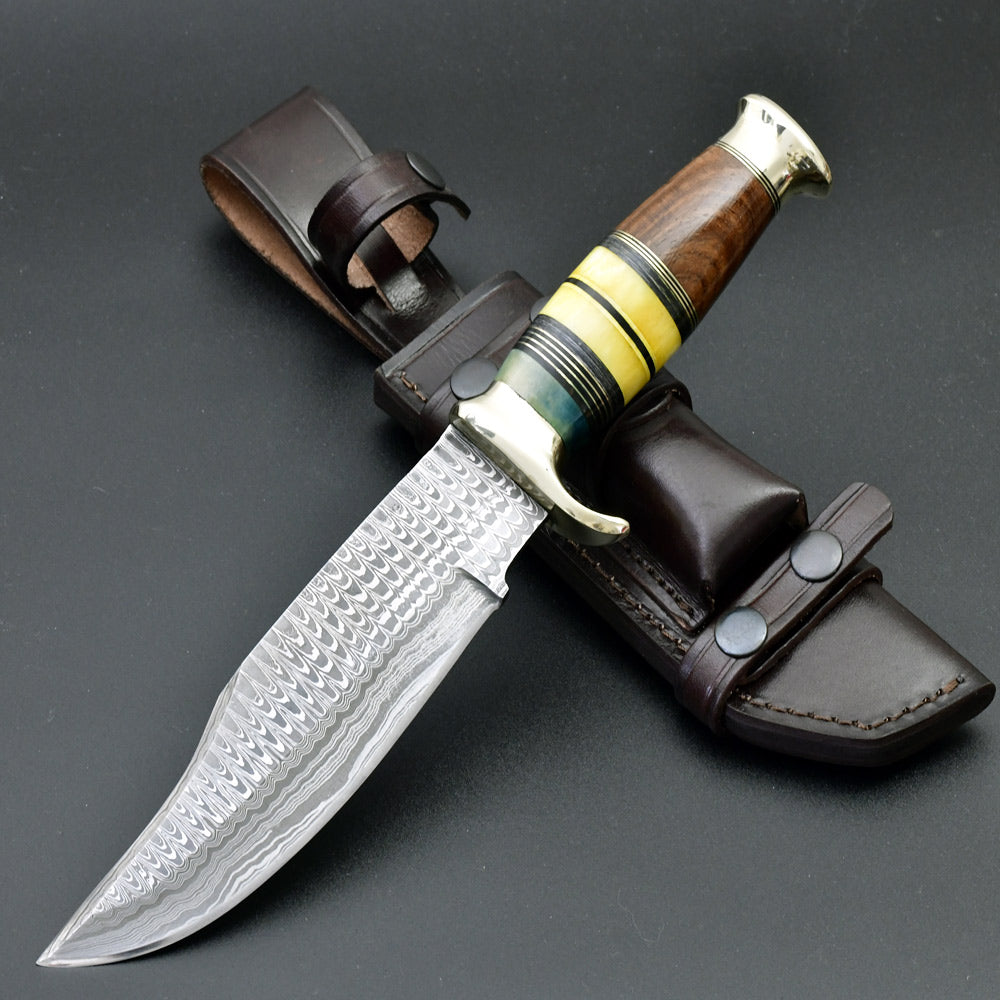
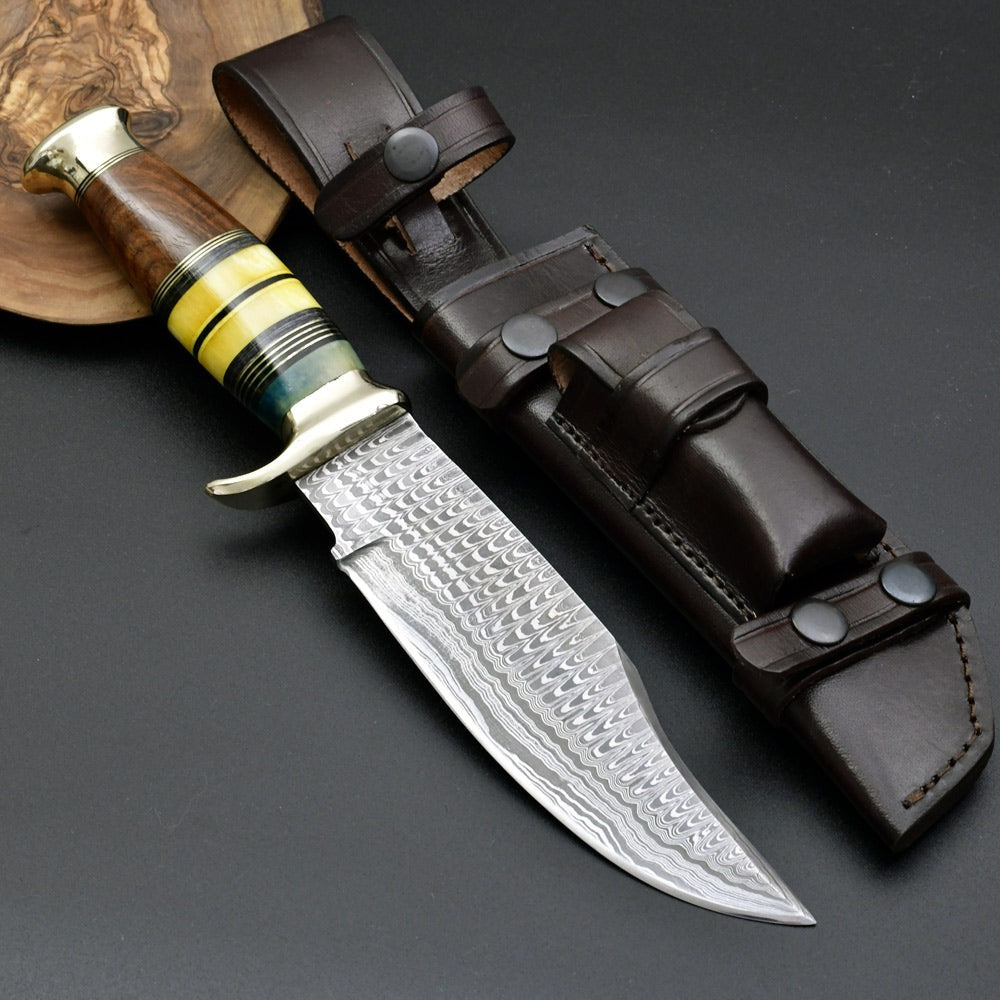
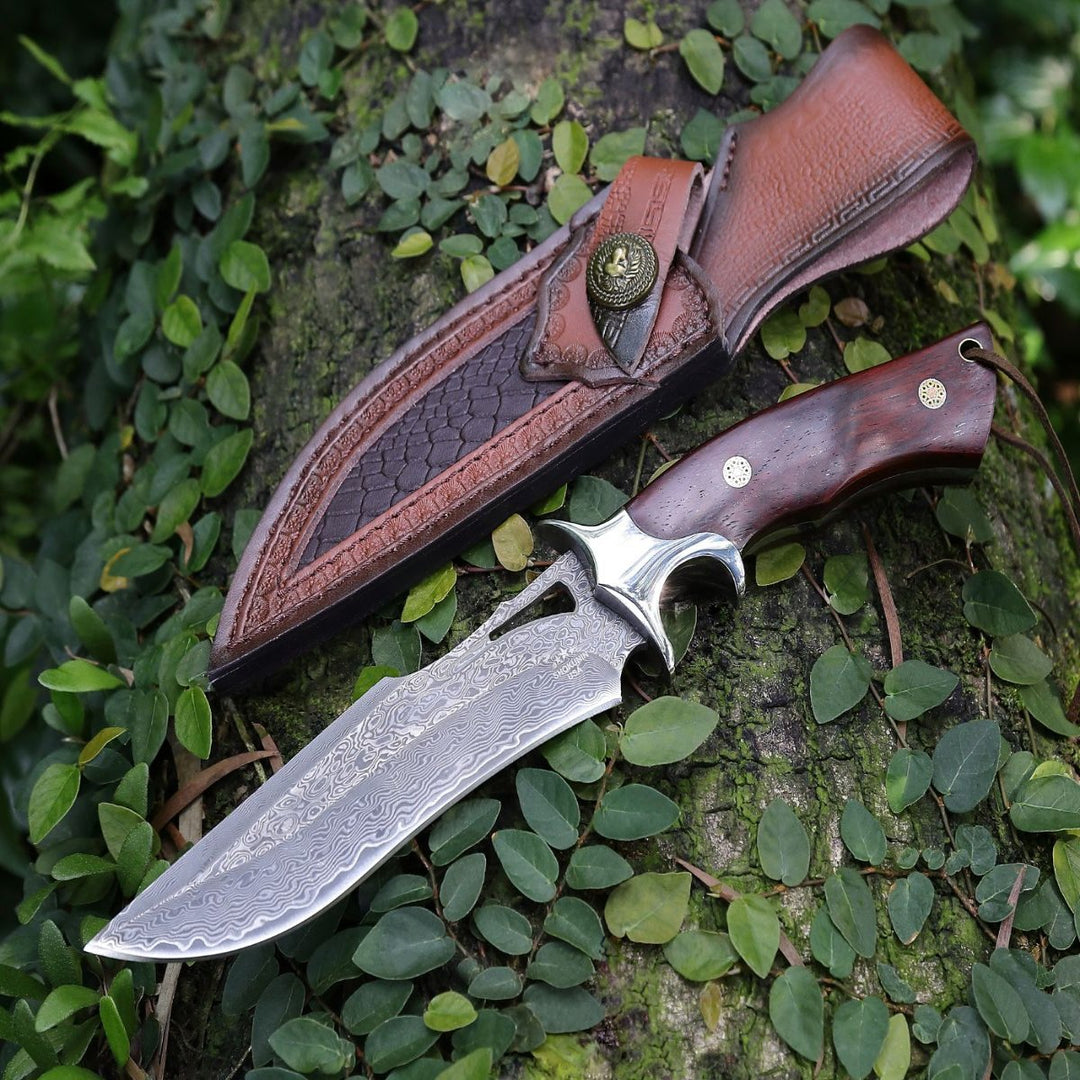
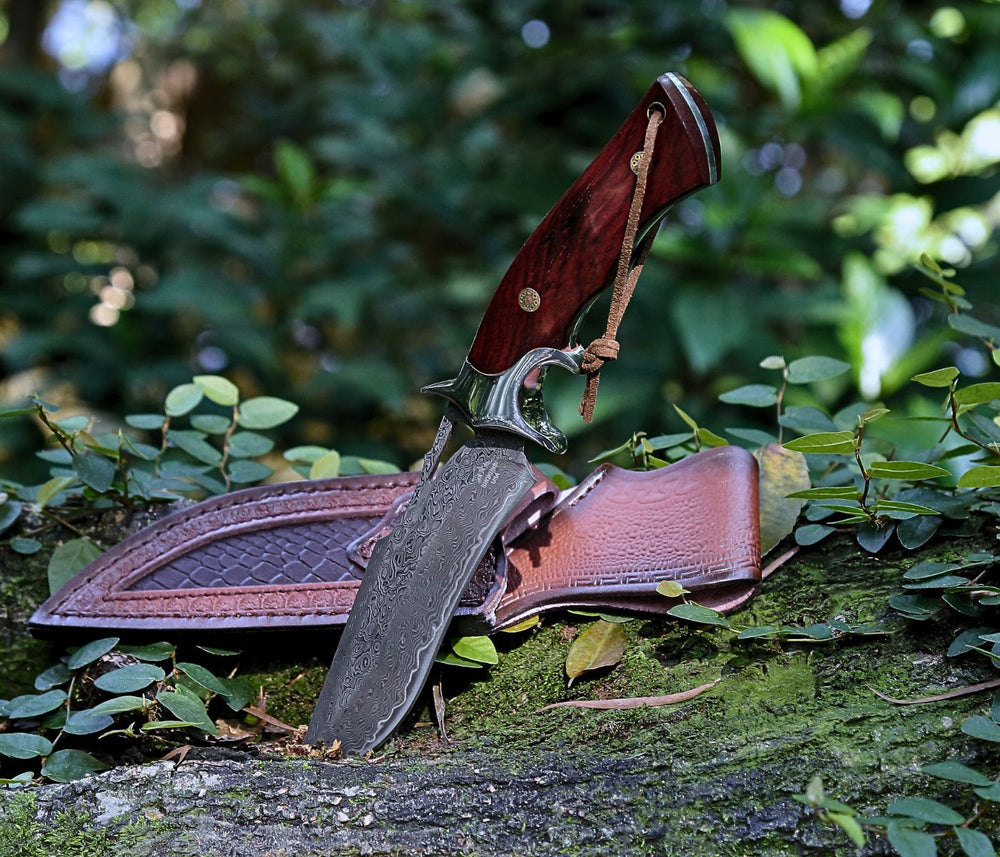
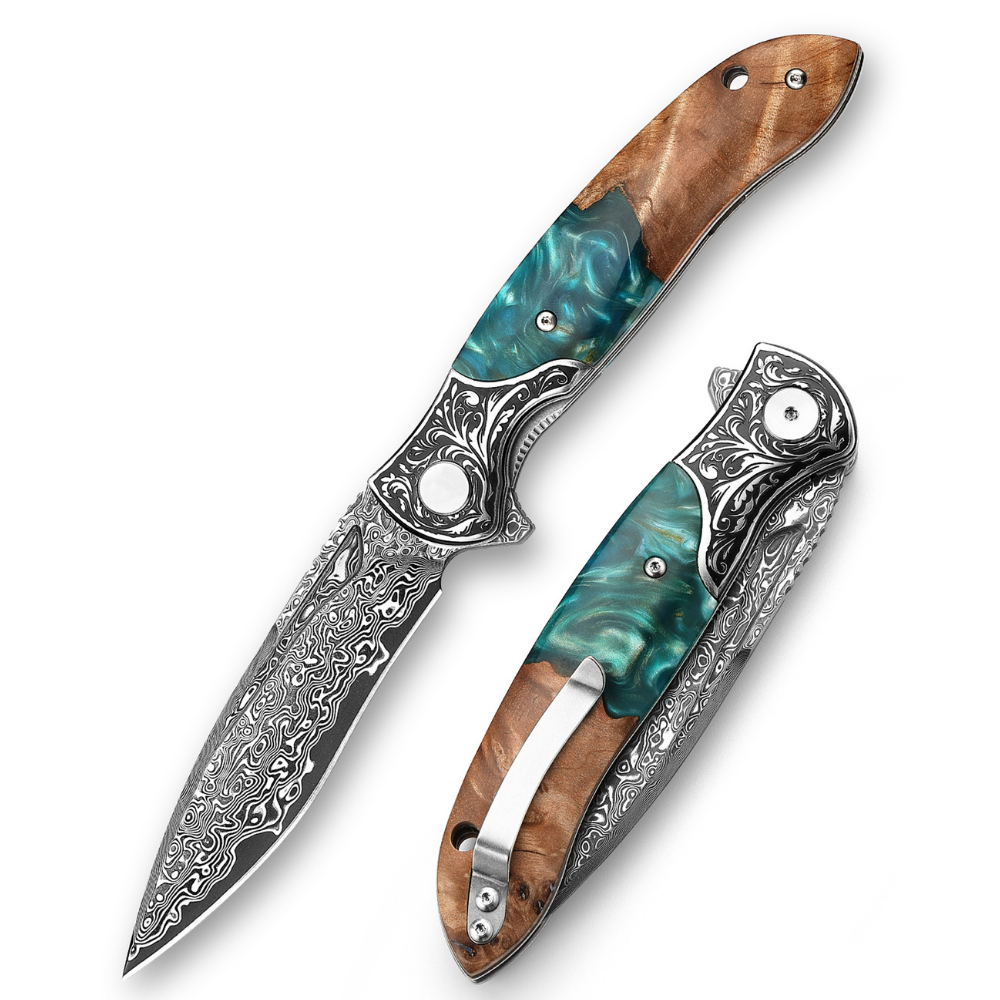
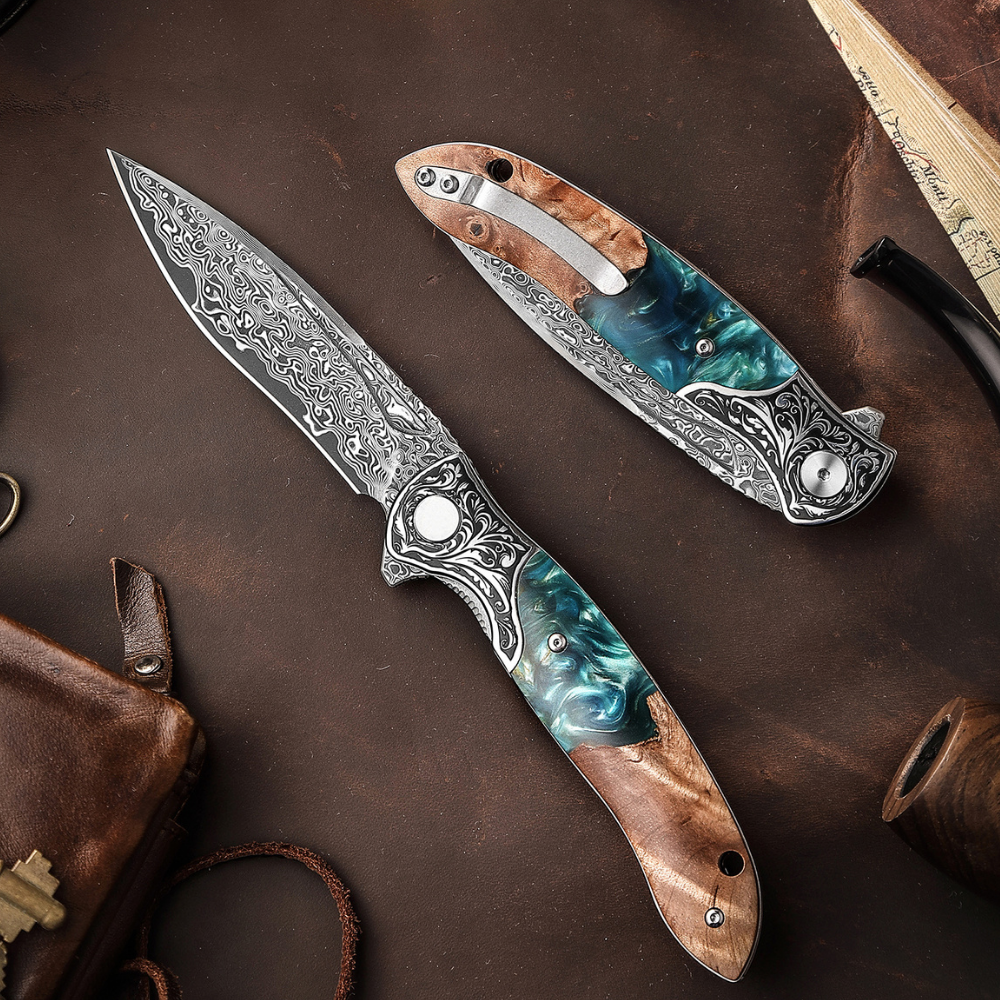
Leave a comment